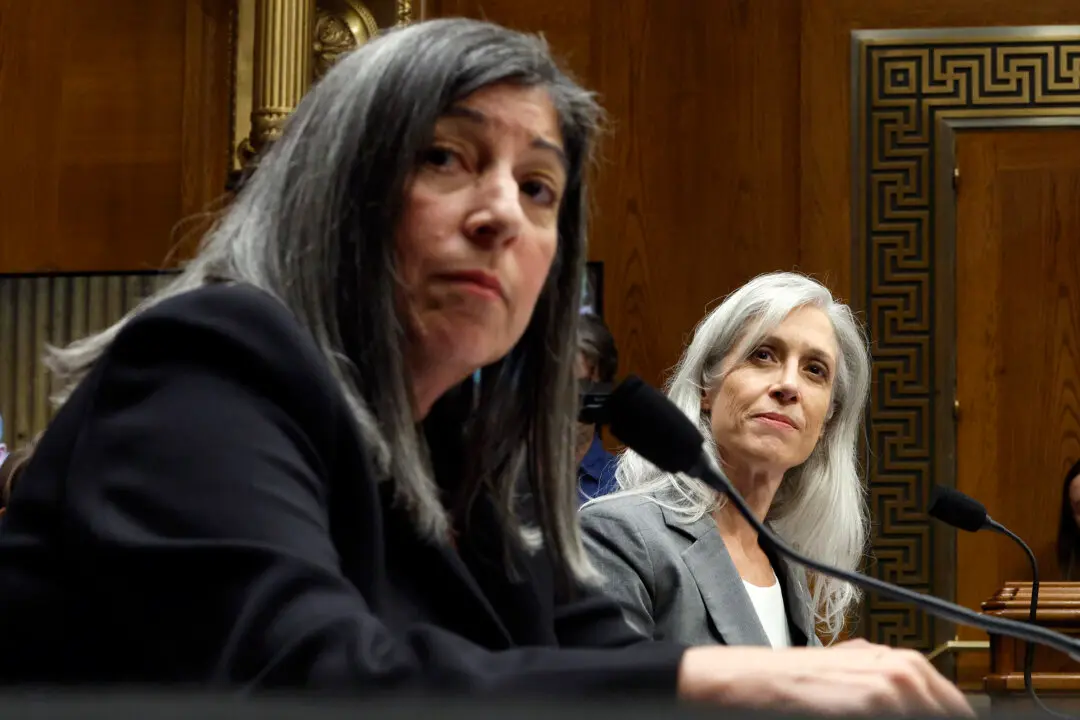Democratic presidential nominee Joe Biden on Monday declined to answer a question about whether he would back a push by some Democrats to pack the Supreme Court if they gain more power in the upcoming election.
“It’s a legitimate question, but let me tell you why I’m not going answer that question, because it will shift all the focus,” Biden told WBAY-TV in Wisconsin.





